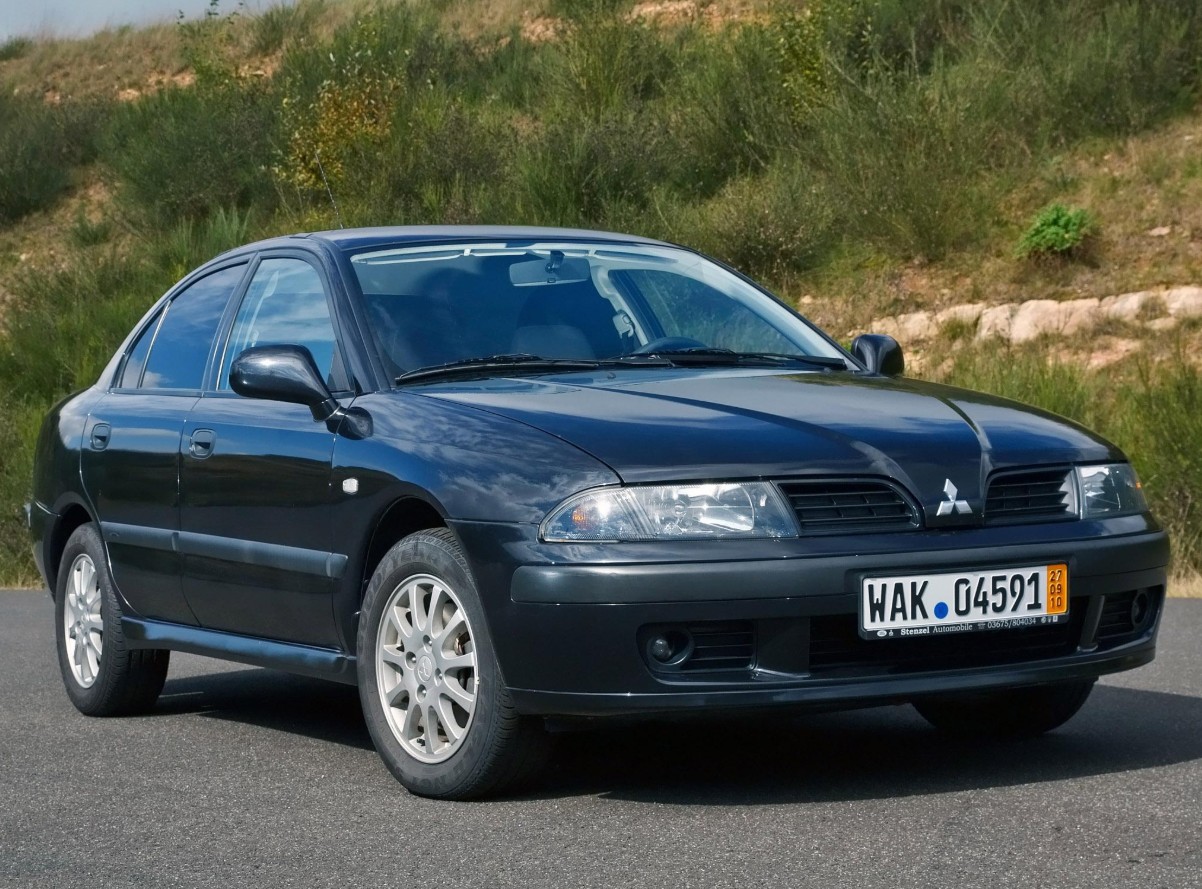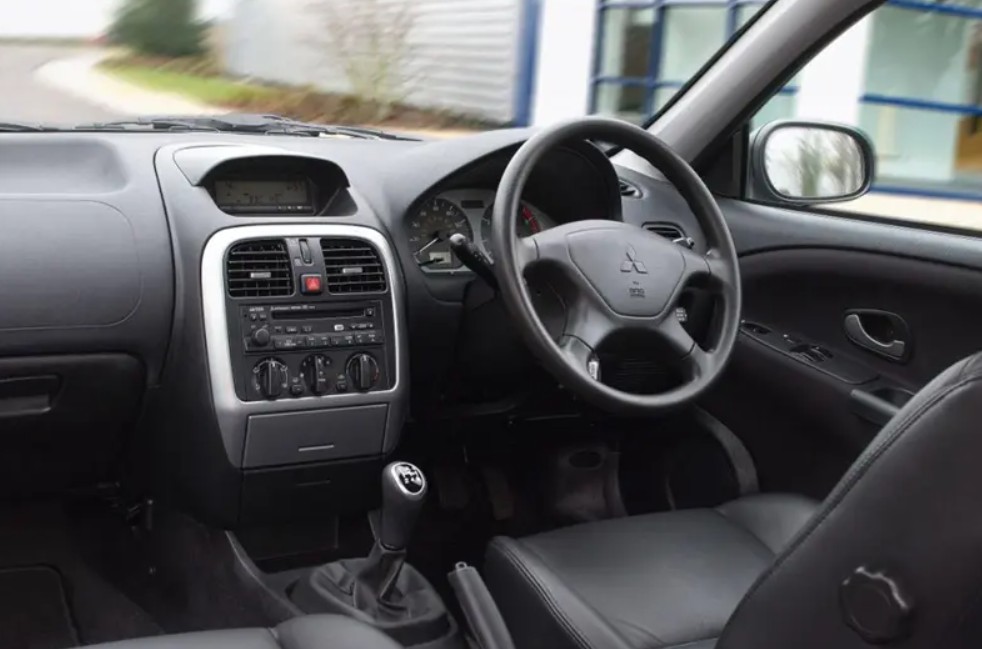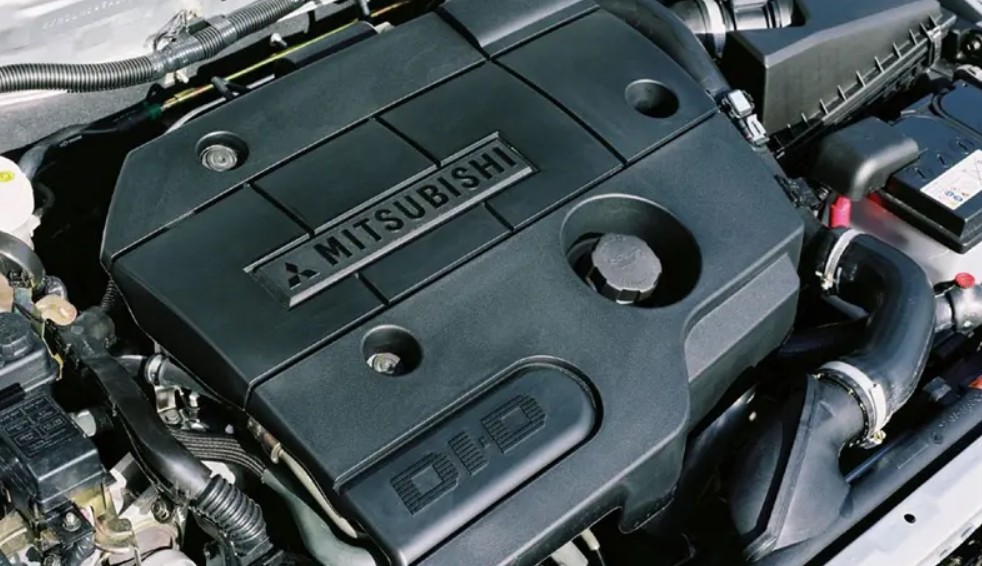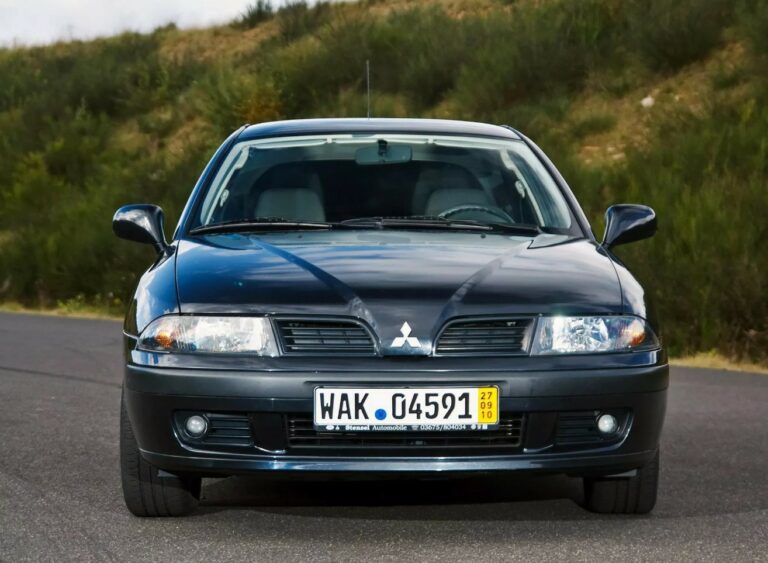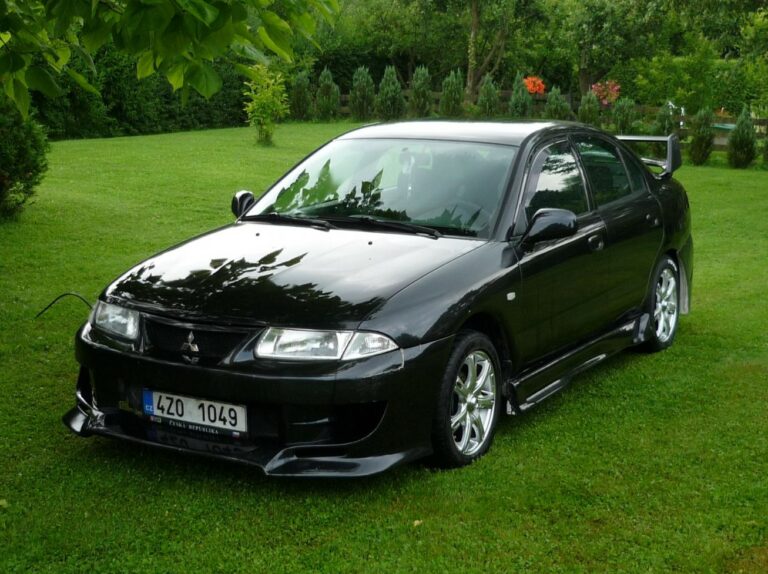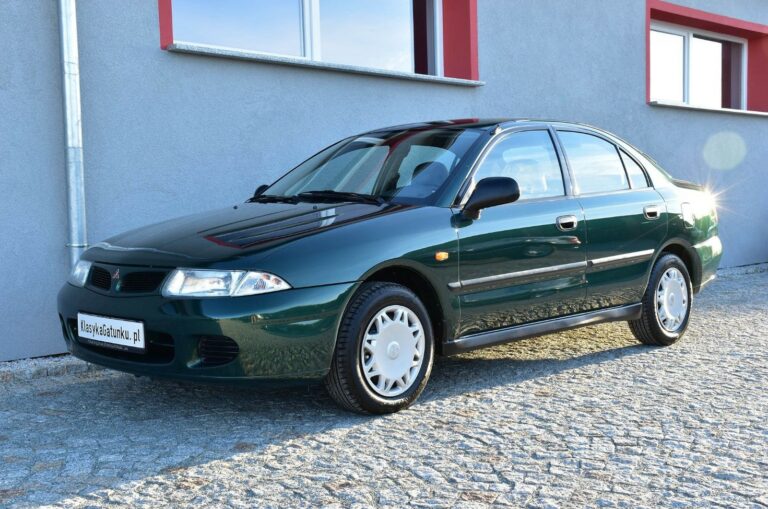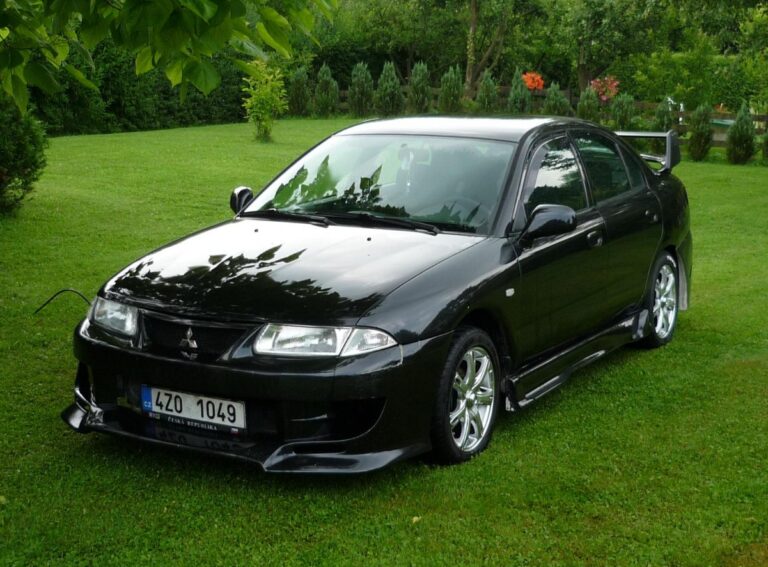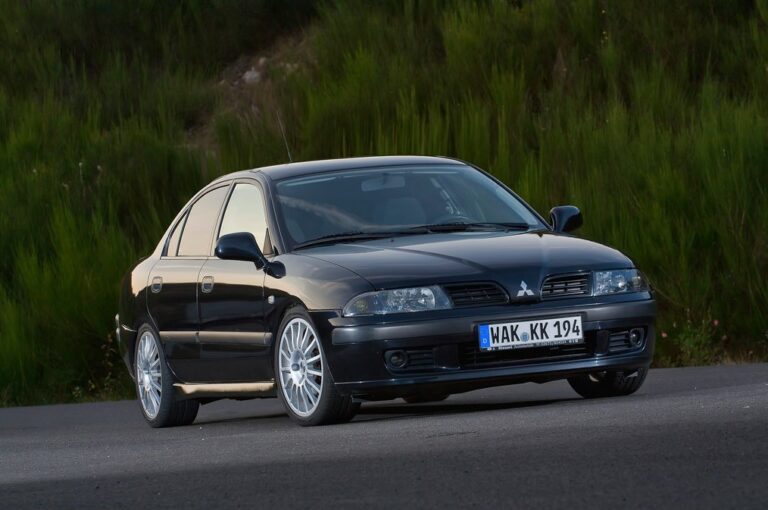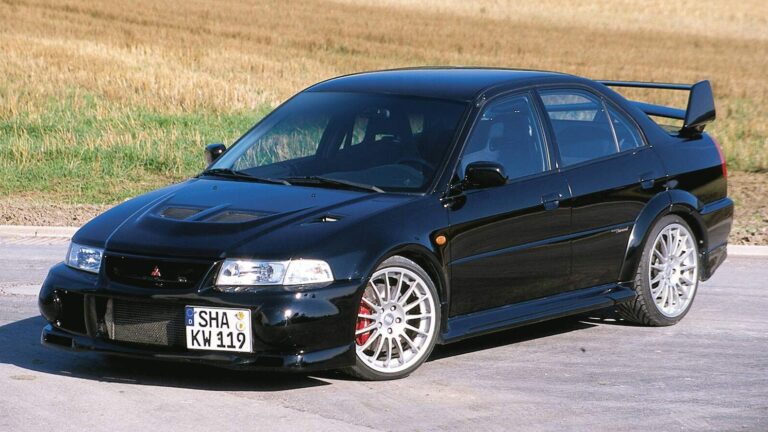2027 Mitsubishi Carisma Review, Engine, Interior
2027 Mitsubishi Carisma Review, Engine, Interior – The 2027 Mitsubishi Carisma marks a significant transformation, blending sleek design and intelligent engineering. Mitsubishi has shifted this compact sedan onto a new lightweight platform with multi-material construction – blending high-strength steel, aluminum, and composites.
The result is a body that’s 12% lighter yet 20% stiffer, improving agility and fuel efficiency. Engineers reworked the suspension geometry, swapping traditional MacPherson struts for redesigned units with an adaptive damper system that adjusts to speed and road surface. This facelift is more than cosmetic; every component has been refined for sharper steering feedback and minimal body roll, delivering both nimble city handling and confident highway cruising. 2027 Mitsubishi Carisma Review
2027 Mitsubishi Carisma Redesign and Update Plan
Exterior & Interior
On the outside, the 2027 Carisma projects a dynamic yet refined presence. The fully integrated LED headlamps—featuring sequential turn signals—flow into the slim light bar, creating a cohesive visual identity. Flank body lines start at the A-pillar and sweep down into the rear quarter panel, adding an aerodynamic, fastback-like silhouette. Mirrors are reshaped, housing wind noise-optimized turn indicators and heating elements. Lower side skirts are subtly sculpted to reduce drag, and rear diffusers tucked under the bumper support improved airflow. These exterior refinements reflect a car that’s equally comfortable parked in a city street as it is cruising a countryside road.
Inside, the Carisma ushers in a complete cabin overhaul that emphasizes quality and usability. Soft-touch dashboard surfaces meet real brushed aluminum trim accents, while optional seat upholstery offers perforated leather with contrast stitching. A central curved 10-inch touchscreen integrates seamlessly with a 12.3-inch fully digital driver display offering navigation, critter detection for wildlife, and adaptive trip modes. Physical buttons are limited to volume, climate quick controls, and a drive mode dial, ensuring ease of use while keeping the cabin visually uncluttered. Ambient LED lighting across the dashboard and door tops can be customized to reflect drive mode or mood.
Passenger-centric design flows through the back rows as well. The second bench slides rearward up to 150 mm and reclines 10 degrees, optimizing legroom for tall adults while maintaining ergonomics for youngsters. Rear air vents deliver 3-zone climate control, and smart storage includes under-seat trays, fold-down cup holders, and pockets carved into seatbacks. The trunk opens electric and can be closed via button, offering 450 liters of space, expandable to 1,200 liters with fold-flat rear seats. Attention to detail—like sunlight-resistant materials, UV-filtering glass, and noise-dampening pillars—makes every journey feel polished and purposeful.
Visually, the Carisma adopts Mitsubishi’s next-gen front fascia: a slim LED light bar connecting sharp, jewel-like headlights above a clean, no-grille design. Sleek sculpted fenders and athletic wheel arches give it a more aggressive stance without abandoning everyday practicality. The rear gets a subtly tucked-in spoiler integrated into the boot lid, while full LED taillights offer a high-tech glow. Mitsubishi introduced new wheel designs: 16-inch aero wheels on lower trims to enhance efficiency, and 18-inch alloys with dual-tone finishes on higher levels. A choice of new exterior colors – Nebula Blue, Urban Copper, and Graphite Silver – reflects a more mature, modern aesthetic.
Behind the scenes, the Carisma offers OTA updates for its infotainment, ADAS, and engine calibration modules. This ensures the vehicle evolves post-sale and keeps its systems current without dealer visits. The update plan includes upgrading the battery management system to support future hybrids or mild electrified models, even if initial launch versions remain petrol-powered. Essential hardware like radar, cameras, and sensors are uprated to next-gen specs, laying the groundwork for advanced driver assistance features. This carefully staged redesign positions the Carisma as a future-ready compact sedan in both form and function.
2027 Mitsubishi Carisma Specs
Engine & Performance
Under the hood, the base Carisma retains a 1.5-liter direct-injection turbo petrol engine delivering 140 hp and 185 Nm torque. Engine internals are upgraded with friction-reducing coatings and lighter pistons, increasing redline and improving efficiency. The smooth, low-slung torque curve is supported by variable valve timing and a dual-path intake manifold, optimizing performance at every rpm. Mitsubishi’s tuning prioritizes ease of driveability – the engine responds crisply to throttle inputs and remains relaxed and refined on longer highway stretches.
The Carisma also offers a mild-hybrid version: the same engine paired with a 48V belt-driven starter-generator and a 0.9-kWh lithium-ion module. This mild hybrid adds engine-off coasting and quick, silent restarts. It also offers torque-fill during acceleration, improving urban punch while cutting restart lag. Combined output reaches 150 hp and 210 Nm torque, with an additional 15 Nm of instantaneous electric assist. Anticipated fuel economy improvements exceed 8% over the base model, and CO₂ emissions drop significantly—helping the Carisma meet tighter emissions regulations without sacrificing driver engagement.
Driving dynamics receive major attention with refined suspension and chassis tuning. Adaptive dampers continuously sample road data and adjust firmness up to 200 times per second. Standard drive modes—Eco, Normal, Sport, and Terrain—adjust throttle mapping, steering feel, stability control, and damper stiffness. A new torque-vectoring setup refines front-wheel grip in corners, reducing understeer while retaining predictable handling. Steering accuracy is enhanced by converting to an electronic power-assisted system with variable ratio, trimming weight and improving response. Real-world testing shows tight responses and a composed ride on rough roads without sacrificing comfort—a balanced performance orientation.
2027 Mitsubishi Carisma Fuel Economy
Mitsubishi projects the base 1.5 turbo model achieves around 42 mpg (US combined), while the mild-hybrid variant targets 45 mpg thanks to engine-off coasting and electric assist. Highway figures are especially strong, exceeding 50 mpg at 65 mph thanks to reduced aerodynamic drag and efficient turbocharging. The 48V mild-hybrid system improves city consumption by smoothing idle-stop transitions and enabling extended gliding during low-speed deceleration. 2027 Mitsubishi Carisma Review
2027 Mitsubishi Carisma Safety Features
The 2027 Carisma supports Mitsubishi’s Advanced Driver Assistance Suite, built to tackle city and highway environments. Standard features include adaptive cruise control with low-speed follow and highway stop-and-go support, lane keep assist, automated emergency braking with pedestrian and bicycle detection, and traffic sign recognition. Front cross-traffic alert senses urban intersections, while rear cross-traffic monitors blind zones during reversals. Top trims add active lane change assist using radar and camera fusion and evasive steering intervention to optimize collision avoidance.
Structurally, the car’s safety cell is reinforced with 45% high-strength martensitic steel, forming a rigid frame. Ultra-high-strength steel zones in the floor and rear bulkhead increase passenger protection. The trunk area incorporates crushable zones to attenuate rear impacts. Passive safety includes eight strategically placed airbags, including full-length side curtains and a knee bag for the driver, expanding crash coverage. ISOFIX is provided on both outer rear seats, plus a top tether in the center, meeting modern child safety expectations.
Mitsubishi also added advanced parking aids. A 360-degree camera with a virtual bird’s-eye view uses four cameras and sonic sensors to create real-time overhead imagery. Sensors detect obstacles including posts, kerbs, and low signage. Self-parking can steer the car into parallel or perpendicular spaces, keeping driver control of braking. Further, an SOS crash-response module can automatically alert emergency services post-collision. OTA updates ensure continual improvement of both active and passive systems.
2027 Mitsubishi Carisma Release Date & Price
Pricing is layered for clear consumer choice. The base ES trim starts around $24,000, including LED lights, infotainment touchscreen, adaptive cruise, and steel wheels with aero covers. Mid-tier SE, priced at $27,000, upgrades to alloy wheels, mild-hybrid system, leather seating, and dual-zone climate. Top-tier GT costs $30,500, with 18-inch alloys, full safety suite, 360° camera, heated seats, digital dash, and premium audio. Mitsubishi adds value through a 5-year/60,000-mile warranty and first-time complimentary scheduled maintenance.
Production for the 2027 Carisma begins in Q3 2026, with deliveries slated for late 2026 as a 2027 model. Initial markets include North America, Europe, Southeast Asia, and Australia. Launch incentives include federal EV tax credits (for mild-hybrid trims in certain regions) and regional offers. Early reviewers confirm the Carisma’s quiet NVH, responsive chassis, and rich features unlock new appeal in the compact sedan space. 2027 Mitsubishi Carisma Review
